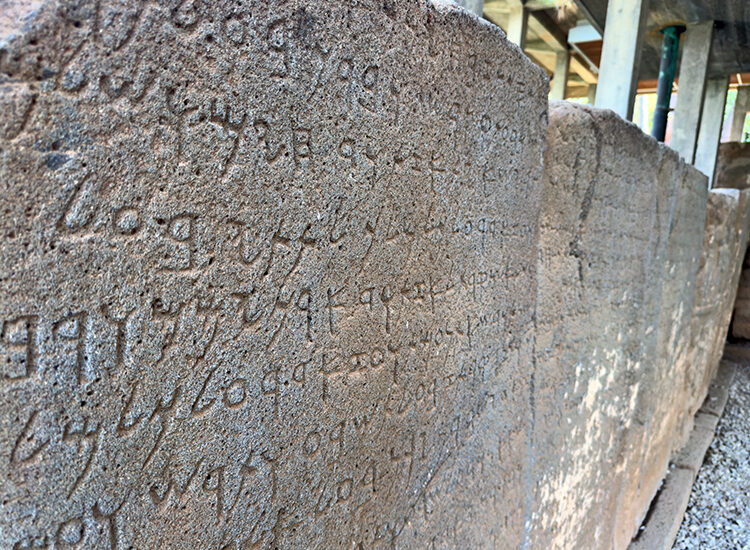
Karatepe Aslantaş Inscriptions Added to UNESCO Memory of the World Register
The Karatepe Aslantaş Open-Air Museum, recognized as Turkey’s first open-air museum, has achieved international recognition as its bilingual inscriptions in Anatolian Hieroglyphs and Phoenician were officially added to UNESCO’s Memory of the World International Register under the title Karatepe Inscriptions. Historic Step for Cultural Heritage The inclusion was announced following the latest session of the
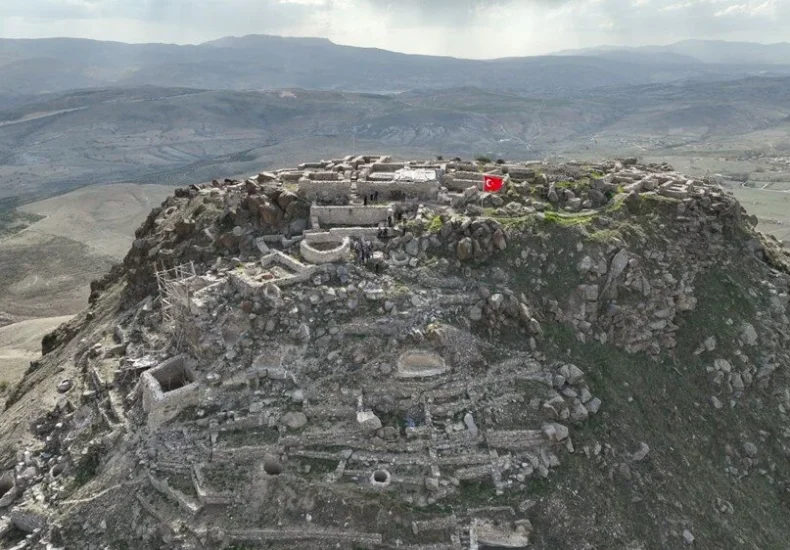
Gevale Castle on Takkeli Mountain to Open a 5,000-Year-Old Historical Window in Konya
Located at the summit of Takkeli Mountain in Konya’s central Selçuklu district, Gevale Castle, a site that bears the traces of multiple civilizations including the Hellenistic, Roman, Byzantine, Seljuk, Karamanid, and Ottoman empires, is undergoing extensive restoration work. Once completed, the site will offer visitors the chance to explore 5,000 years of Anatolian history while
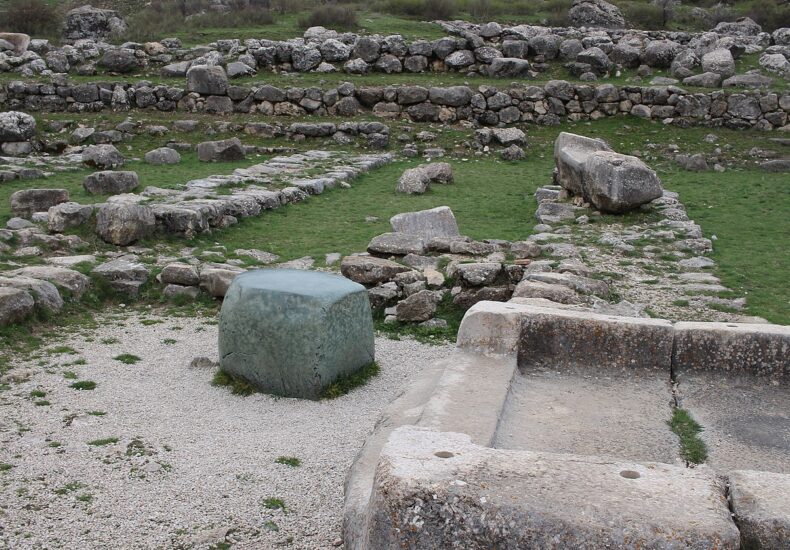
The Green Stone of Hattusa: An Ancient Enigma in the Heart of the Hittite Capital
In the archaeological heartland of Hattusa—the ancient capital of the Hittite Empire—stands a unique object that has defied clear interpretation for decades. Known simply as the Green Stone, this smooth, cube-shaped block is positioned inside the city’s Great Temple, a sacred site dating back to the second millennium BCE. Unlike the surrounding limestone structures, the
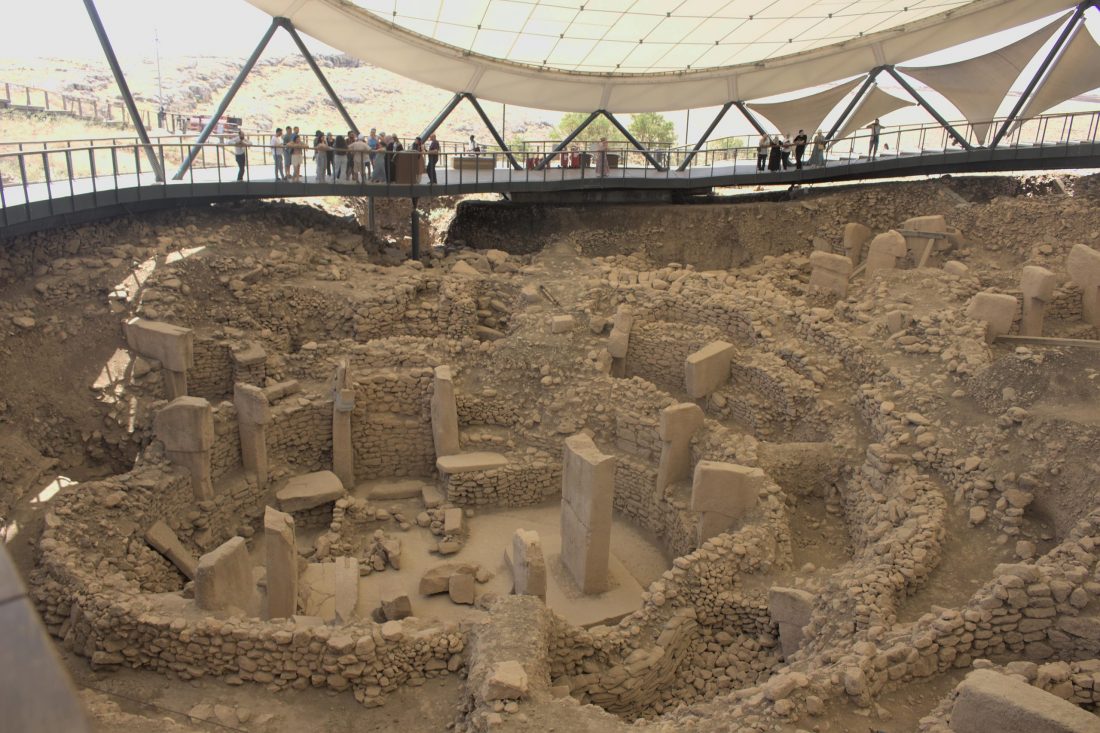
A Day in Göbekli Tepe: Eyes Awakening in 9600 BCE
As the first light of day brushed against the stones of the Fertile Crescent, it felt like the touch of a newborn’s skin. Shadows of towering stone circles stretched long across the earth. There were no cities, no writing, no pottery. But here, on the hill we now call Göbekli Tepe, something was happening. An
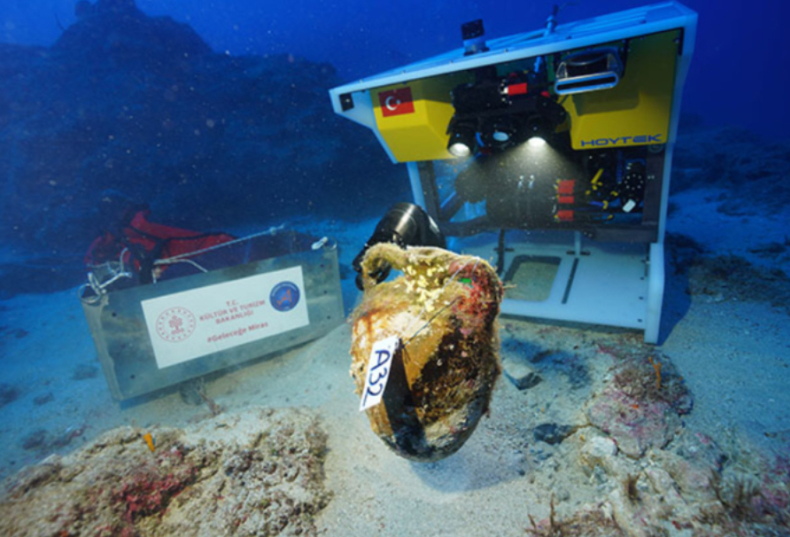
1100-Year-Old Mystery Unveiled: Rare Sealed Amphora Discovered on Turkish Shipwreck
Underwater excavations off the coast of Kaş, Antalya, in southwestern Türkiye, continue to yield fascinating insights into ancient Mediterranean seafaring and trade. A team led by Associate Professor Dr. Hakan Öniz from Akdeniz University has been exploring a shipwreck dating back 1,100 years to the Abbasid rule (9th-10th centuries). The discoveries highlight the crucial role
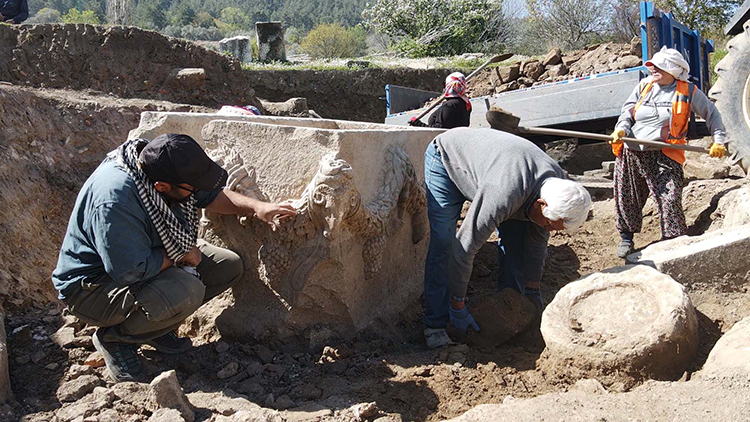
2,000-Year-Old Garland Sarcophagus Unearthed in “City of Gladiators,” Stratonikeia
The ancient city of Stratonikeia, located in the Yatağan district of Muğla and known as the “City of Gladiators,” has revealed another significant historical treasure. During excavation work in the ancient city, which is on UNESCO’s Tentative World Heritage List and considered one of the largest marble cities in the world, a magnificent garland sarcophagus

Shocking Claim at the Historical Eflatunpınar Hittite Water Monument: Sewage Water Mixed In, Thousands of Visitors at Risk!
A shocking claim has caused great concern in the region surrounding the 800-year-old Eflatunpınar Hittite Water Monument in Beyşehir district of Konya, a site that dazzles with its history: sewage water has allegedly mixed with the monument’s water source. It is stated that the monument, which hosts thousands of visitors due to the belief that

Astonishing Kültepe Tablets: Some Everyday Turkish Words Date Back 4,500 Years
Remarkable findings are emerging from the ongoing excavations at Kültepe-Kanesh-Karum, one of Türkiye’s longest-running archaeological sites. Led by Prof. Dr. Fikri Kulakoğlu, the excavations of Assyrian cuneiform tablets dating back approximately 4,500 years have revealed traces of certain Turkish words commonly used today. Located on the Kayseri-Sivas highway, Kültepe has been shedding light on Anatolian
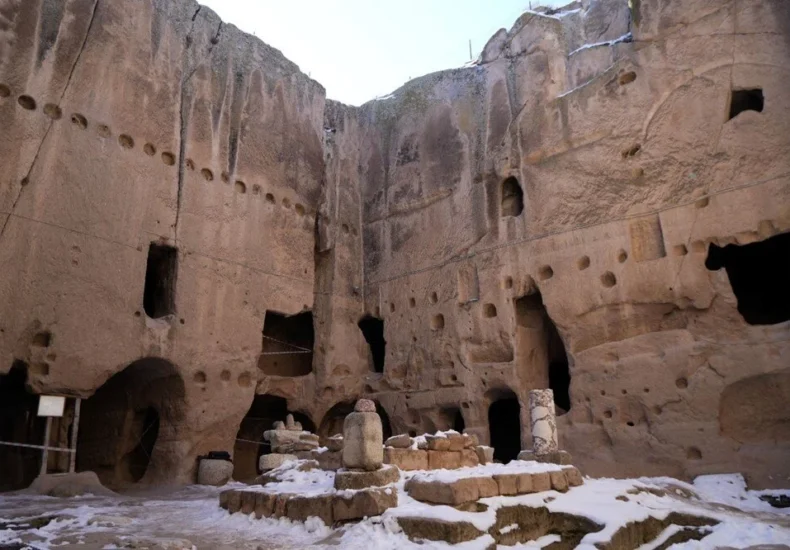
Gümüşler Monastery: The Petra of Anatolia and the Mystery of the “Smiling Virgin Mary”
The Gümüşler Monastery, one of Cappadocia’s best-preserved monasteries, often referred to as the “Petra of Anatolia,” draws attention with its historical structure and frescoes. Located in the Gümüşler town of Niğde in the Cappadocia region, the Gümüşler Monastery is famous for its “Smiling Virgin Mary” fresco. Believed to have been built between the 8th and

First Mesolithic Human Figurine Found in Damjili Cave, Azerbaijan
The first human figurine dating back to the Mesolithic period has been discovered in the Damjili Cave in Gazakh, as announced by Doctor of History Yagub Mammadov, the head of the Azerbaijani-Japanese Damjili International Archaeological Expedition affiliated with the Institute of Archeology and Anthropology of the Azerbaijan National Academy of Sciences (ANAS), in a statement
